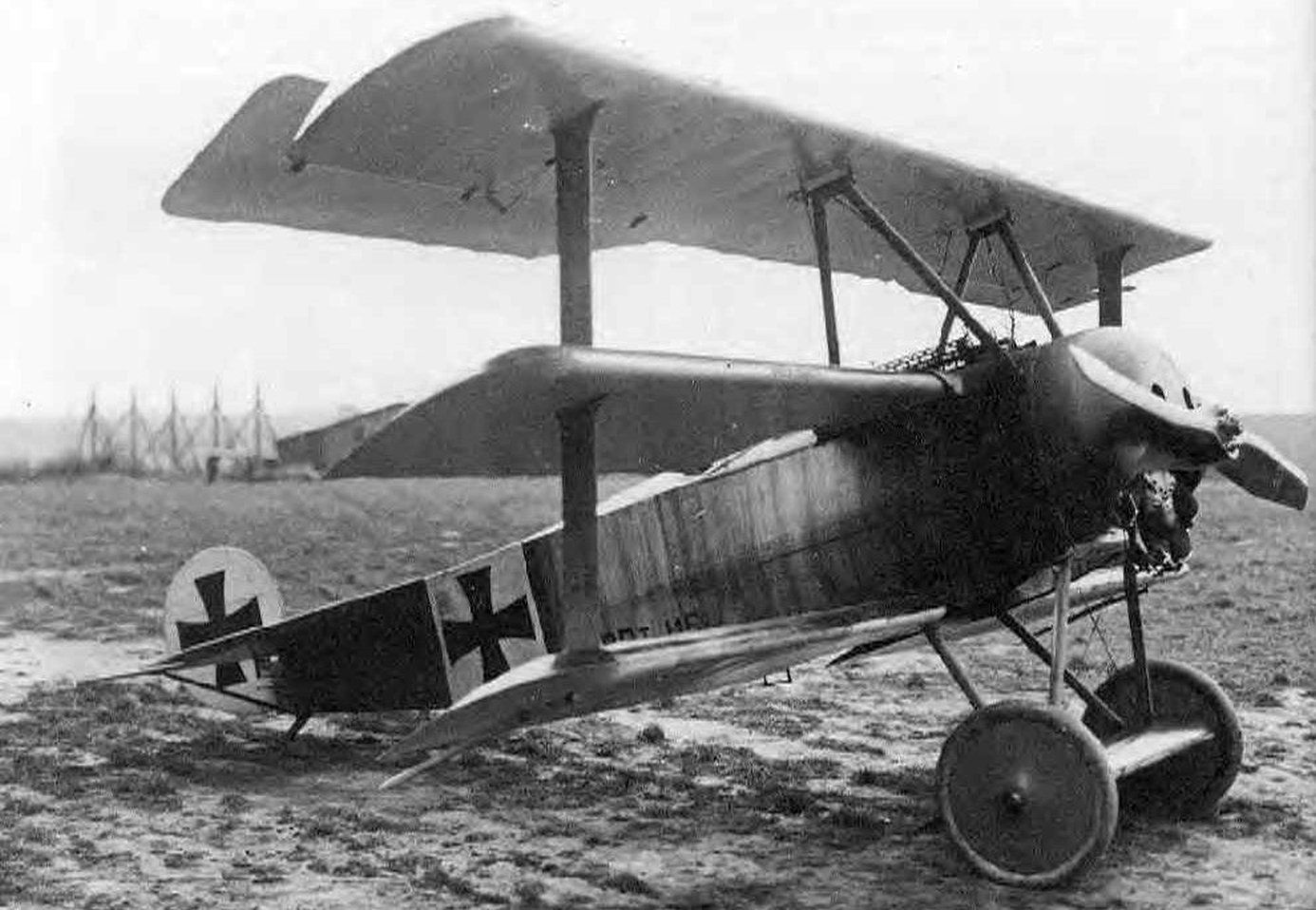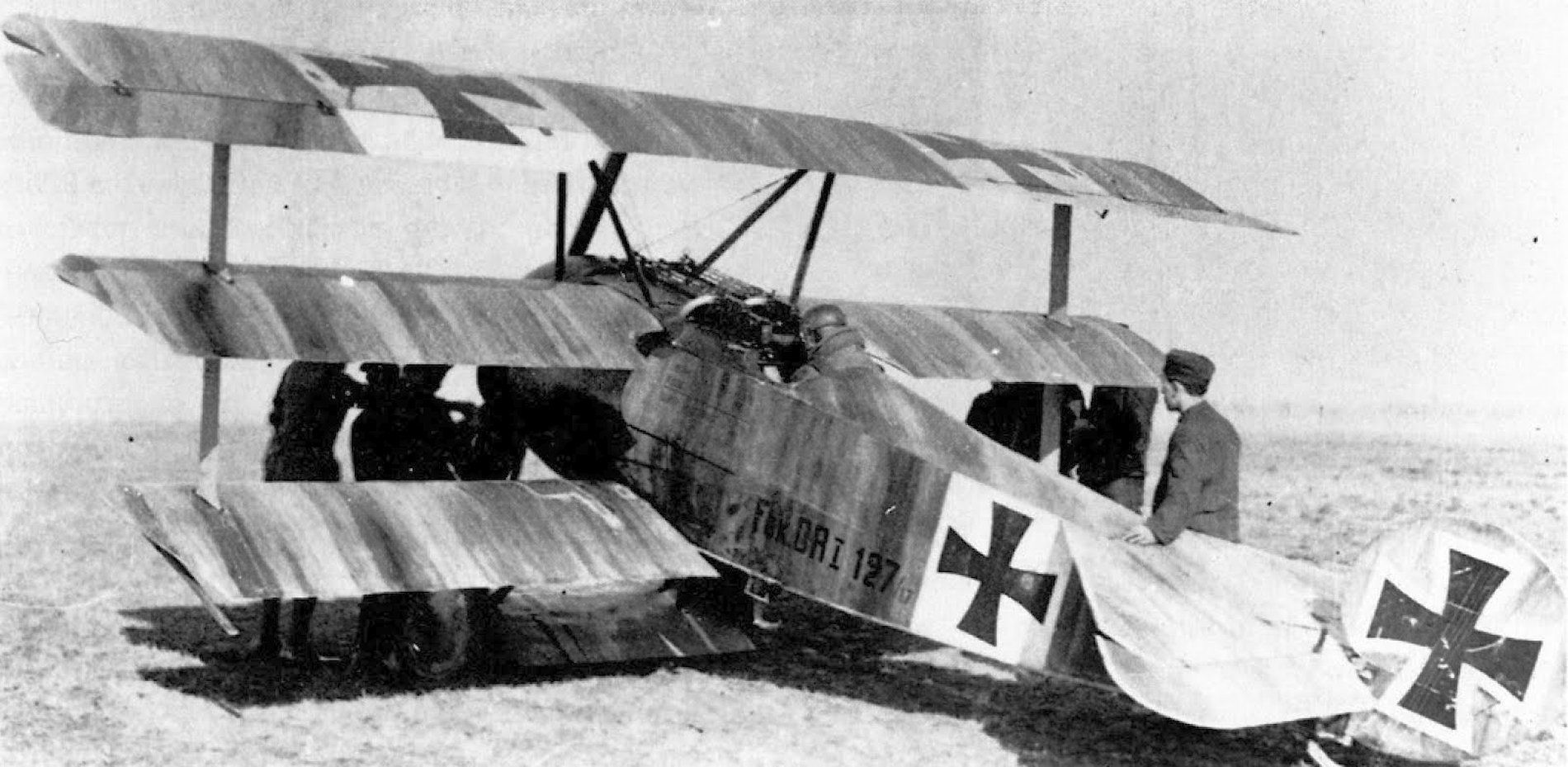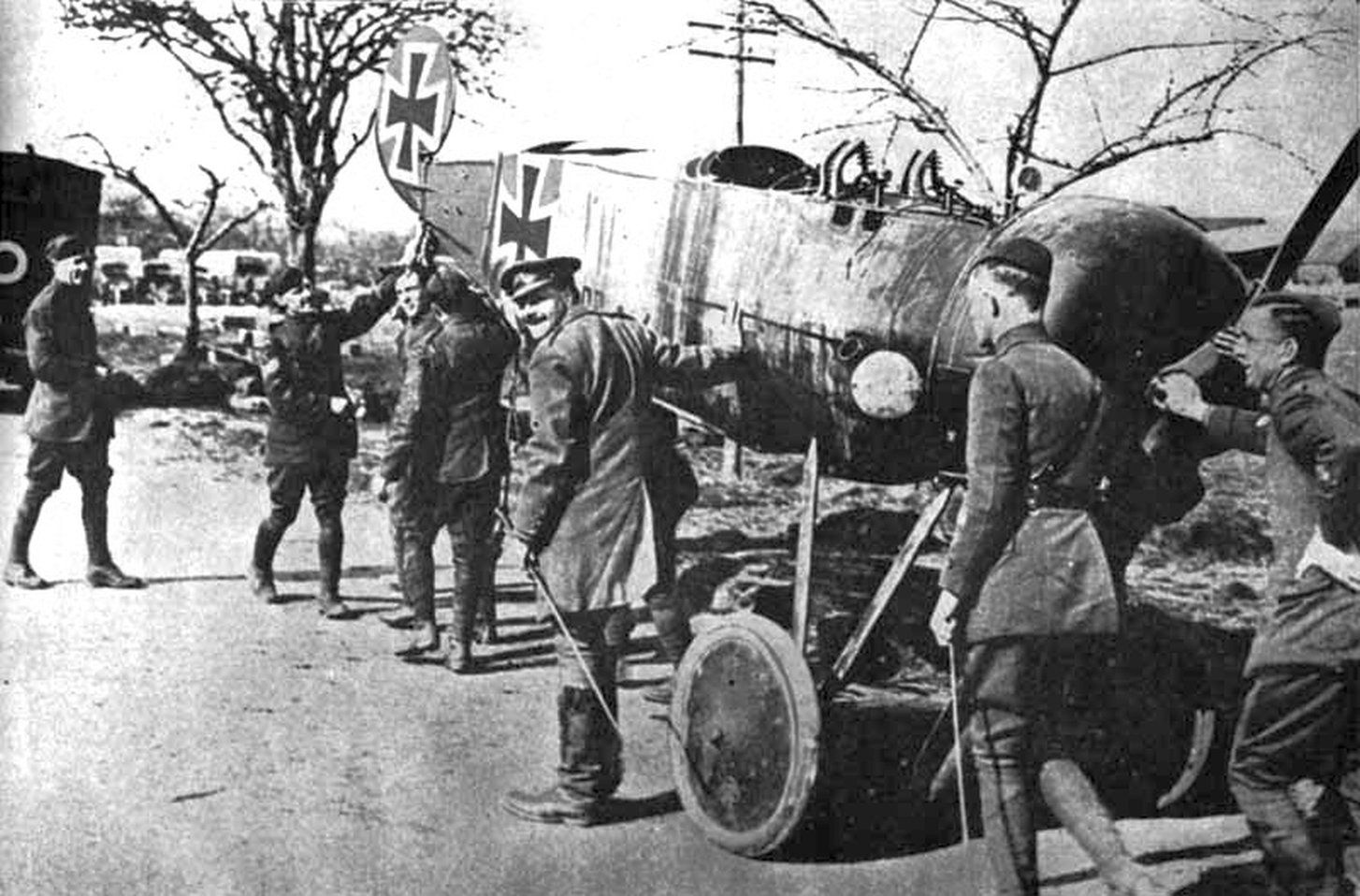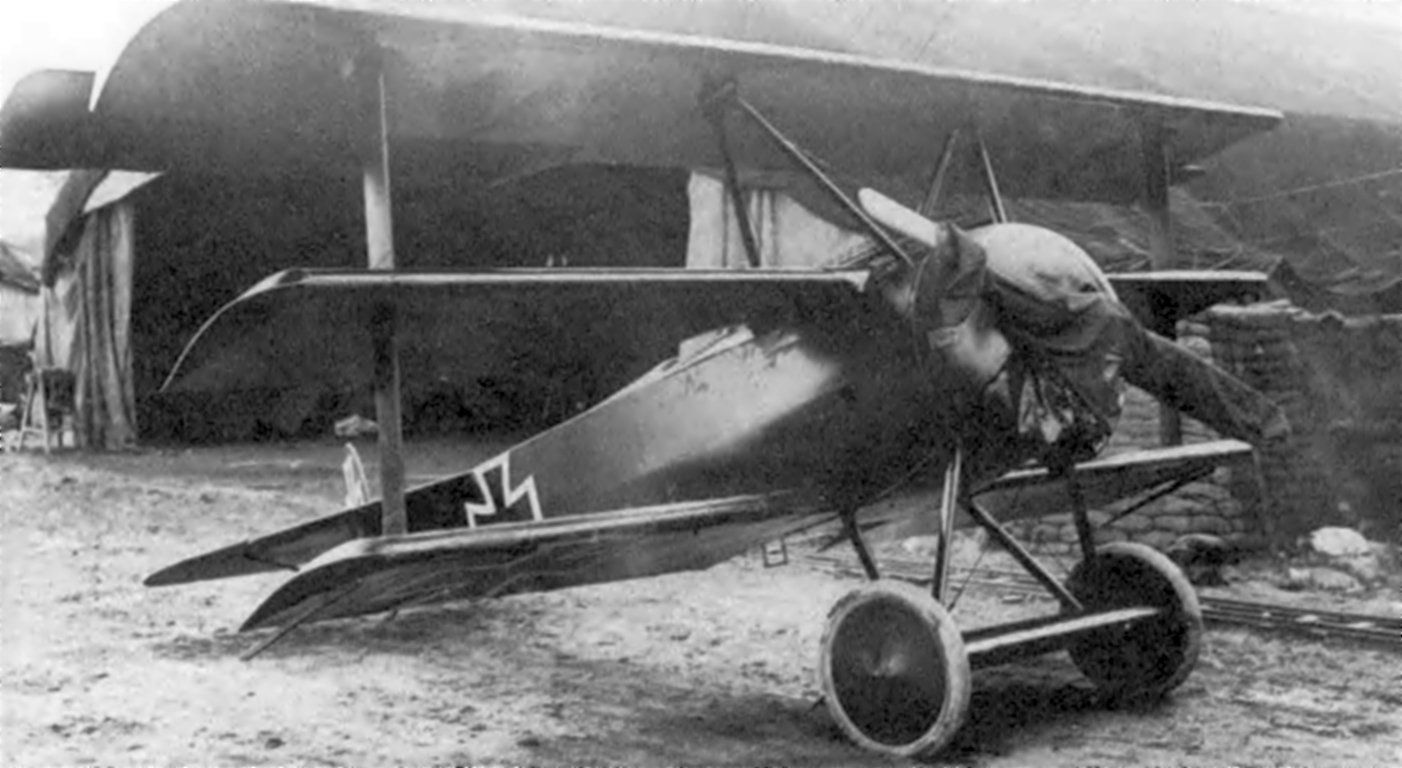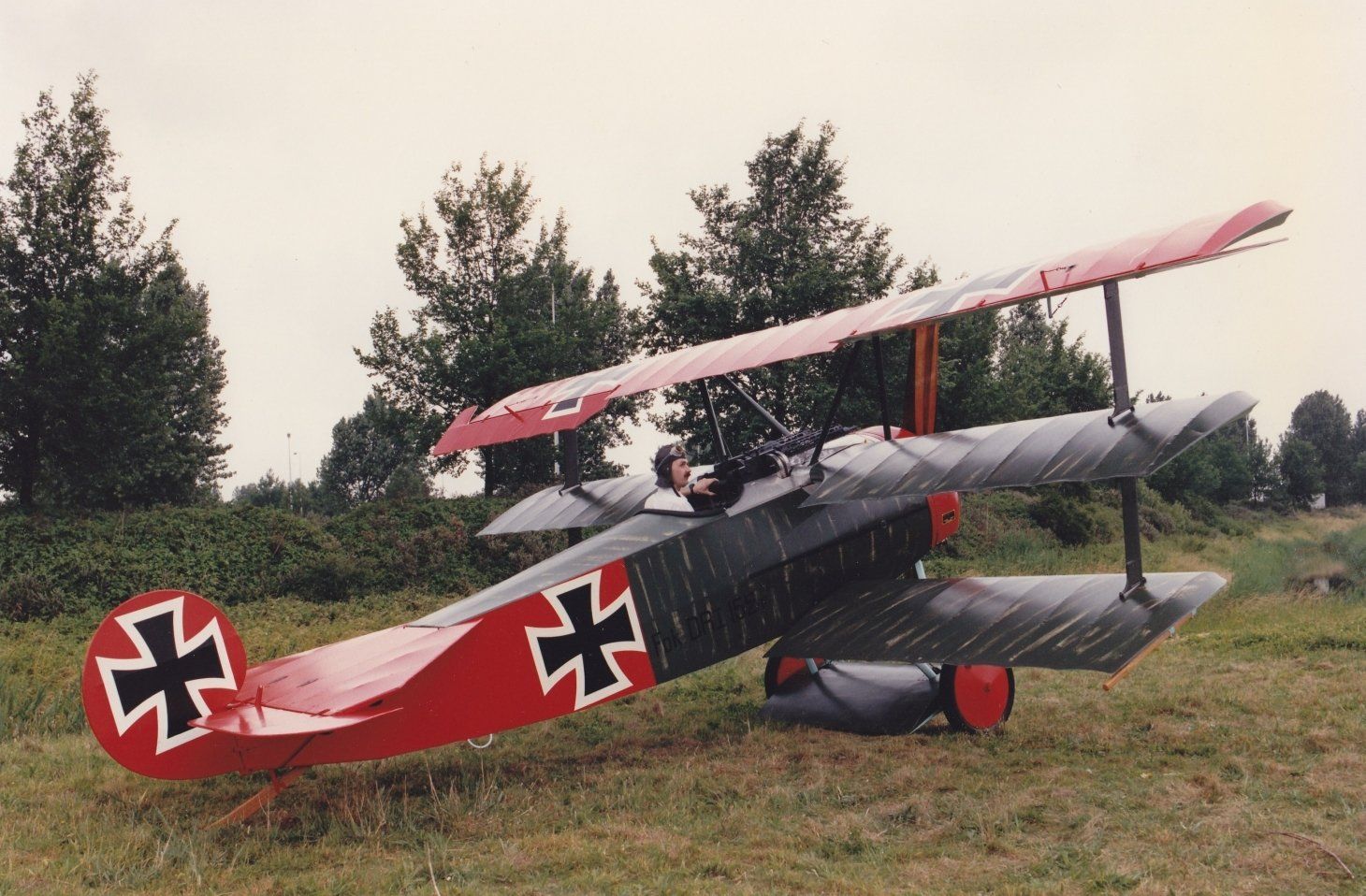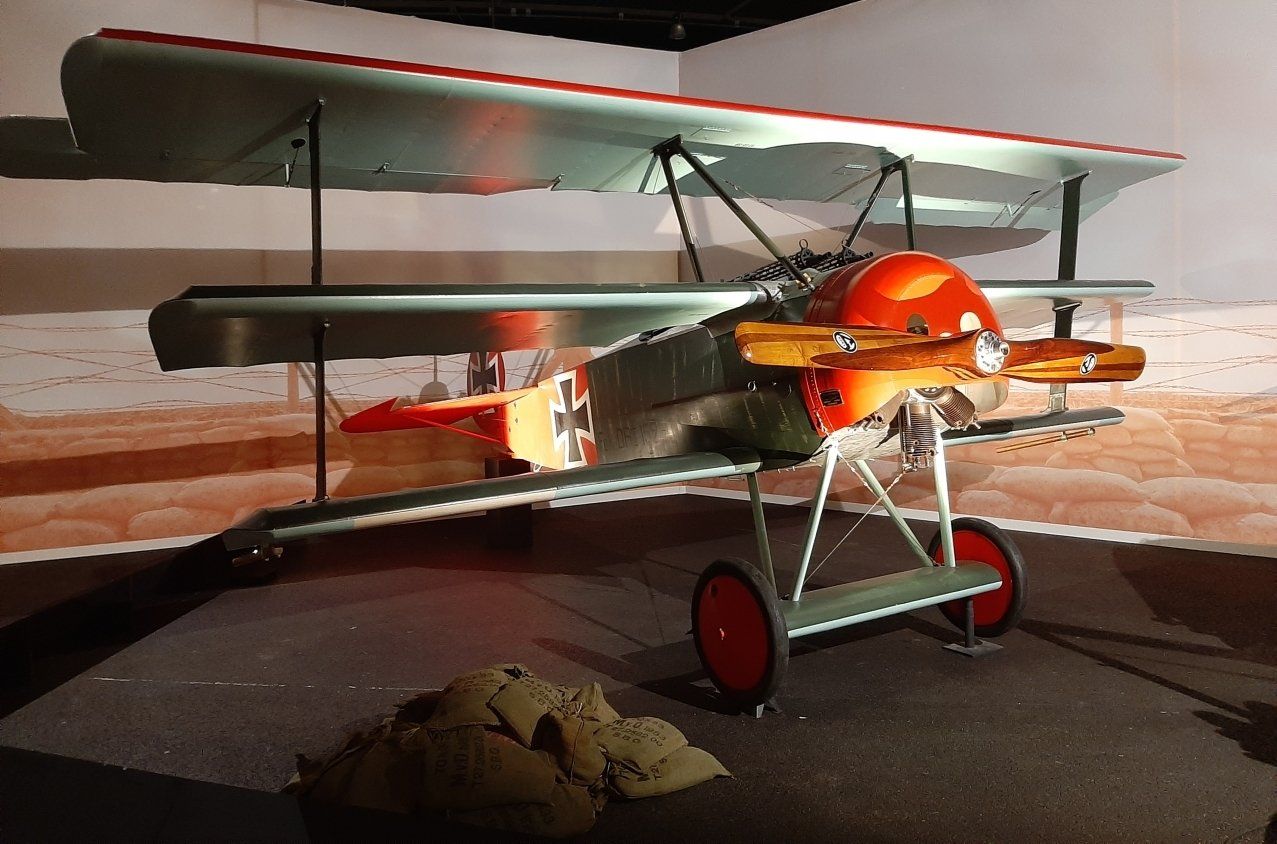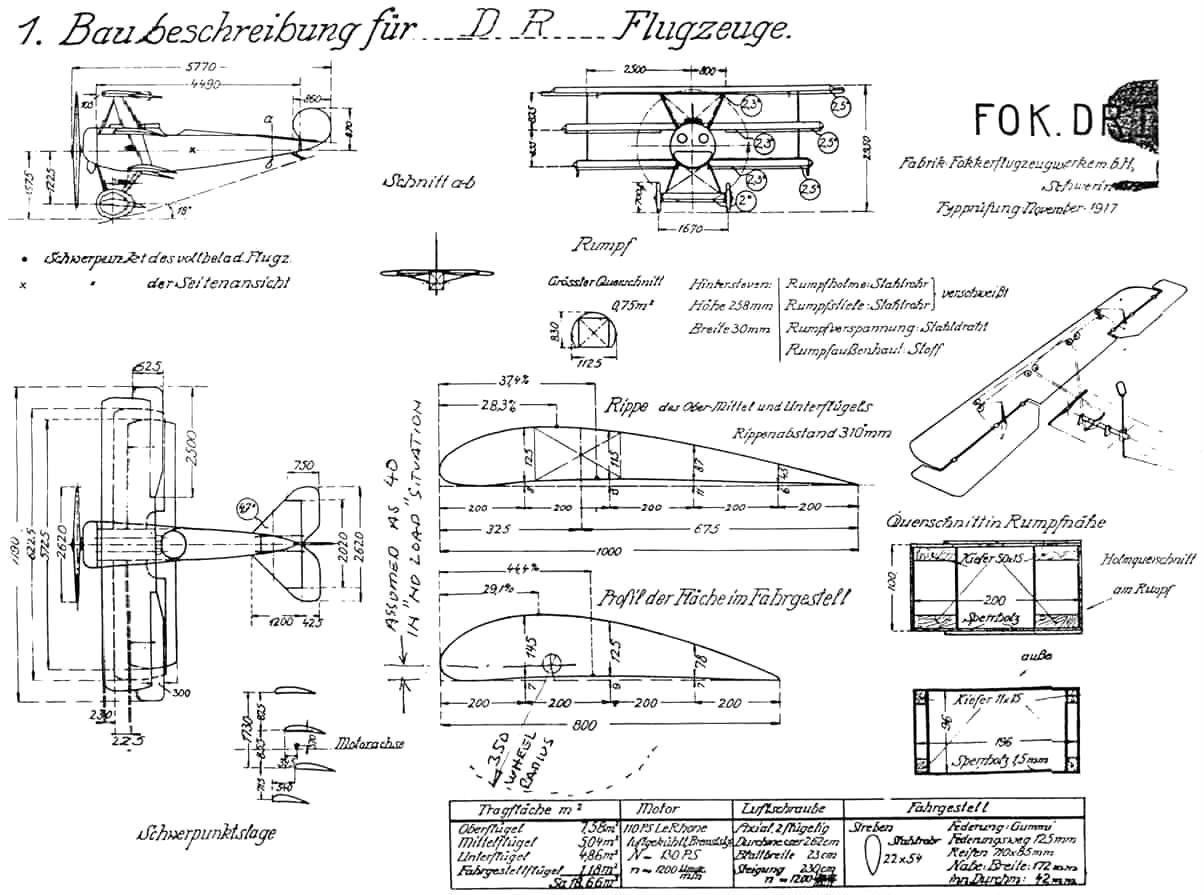The Fokker DR.I
The Dr.I triplane is perhaps the most famous aircraft in Fokker history.
This fame is partly due to the famous German pilot, Manfred von Richthofen, who achieved 19 victories with the Dr.I during aerial combat in the First World War.
Unfortunately, in 1918 a flight with a Dr.I would also prove fatal for him.
Manfred von Richthofen flew, among other things, two Dr.Is that were painted completely red especially for him, which earned him the nickname “Red Baron”.
A feature film has even been made about the Red Baron and his Dr.I.
The Dr.I, designed by Reinhold Platz, did not enter service until August 1917.
The Dr.I, officially a V.4, was in turn derived from the design before it, the V.3.
The V.3 had no struts between the wings. Since quite a lot of vibration occurred during flight, it was decided to place struts between the three wings of the V.4.
This solved the vibration problem. The wingspan was also increased, the upper wing was provided with ailerons, and the stabilizer was given a triangular shape. After a number of wing fractures during flight operations, all Dr.I wings were provided with reinforcements.
The two most commonly used rotary engines were the 9-cylinder 110 hp Le Rhône or the 9-cylinder 110 hp German Oberursel UR II, a copy of the Le Rhône.
Several Dr.Is have flown with Siemens-Halske and Goebel rotary engines.
The armament of the Dr.I consisted of two 7.92 mm Spandau synchronized machine guns.
The Dr.I was fast and maneuverable, which was a great advantage during air combat.
The first three Dr.I's (test aircraft) had the designation FI followed by the number combination 101-17, 102-17 and 103-17.
The F designation was due to the fact that these first three aircraft were tested at the German Flugzeugmeisterei in Adlershof.
The final type designation “Dr” came about because the German army called the V.4 “Dreidecker”.
The addition of the “r” came about because the single “D” already stood for Doppeldecker.
A total of 320 Dr.Is were built, not a single original example has been preserved, although there are dozens of replicas of the Dr.I flying around the world.
There are also two airworthy examples of the Dr.I in the Netherlands.
Click on the photo to enlarge the photo



















